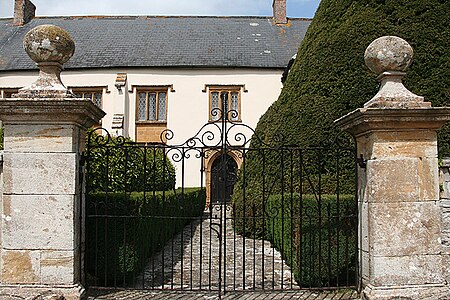Swell Court Farmhouse, Fivehead
Farmhouses in EnglandGrade I listed buildings in South SomersetGrade I listed houses in SomersetHouses completed in the 15th centurySomerset building and structure stubs ... and 1 more
United Kingdom listed building stubs

Swell Court Farmhouse in Swell Lane, Fivehead, Somerset, England dates from the 15th century and has been designated as a Grade I listed building.It is adjacent to Church of St Catherine, Fivehead which is also Grade I listed.
Excerpt from the Wikipedia article Swell Court Farmhouse, Fivehead (License: CC BY-SA 3.0, Authors, Images).Swell Court Farmhouse, Fivehead
Higher Swell,
Geographical coordinates (GPS) Address Nearby Places Show on map
Geographical coordinates (GPS)
| Latitude | Longitude |
|---|---|
| N 51.008333333333 ° | E -2.9002777777778 ° |
Address
Higher Swell
TA3 6PZ
England, United Kingdom
Open on Google Maps







